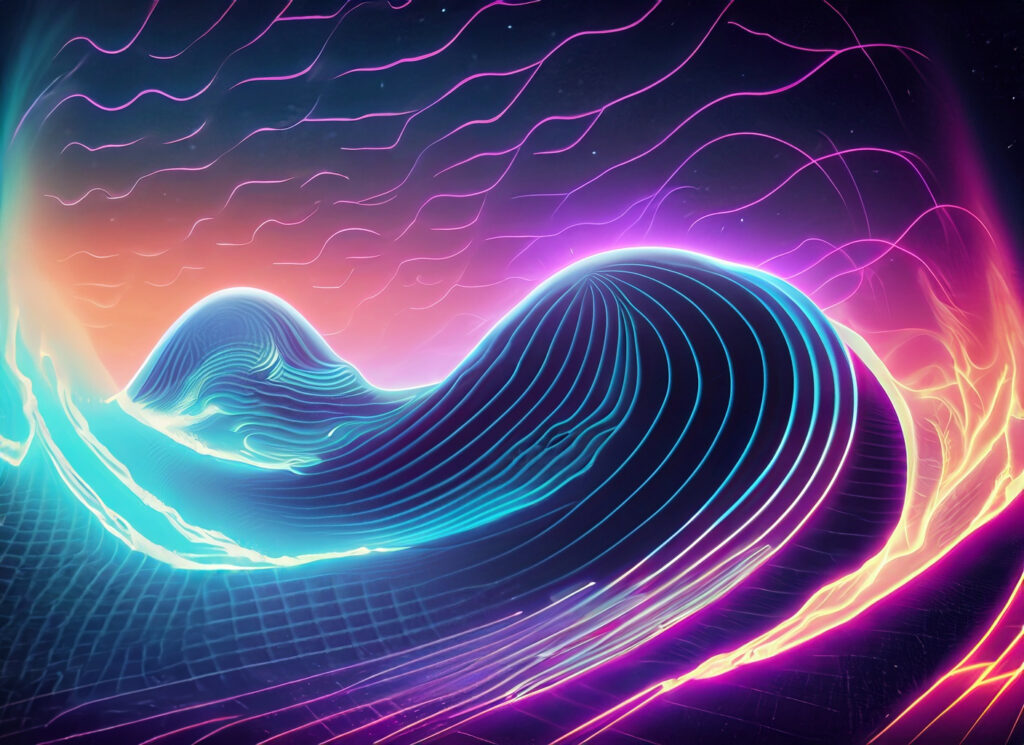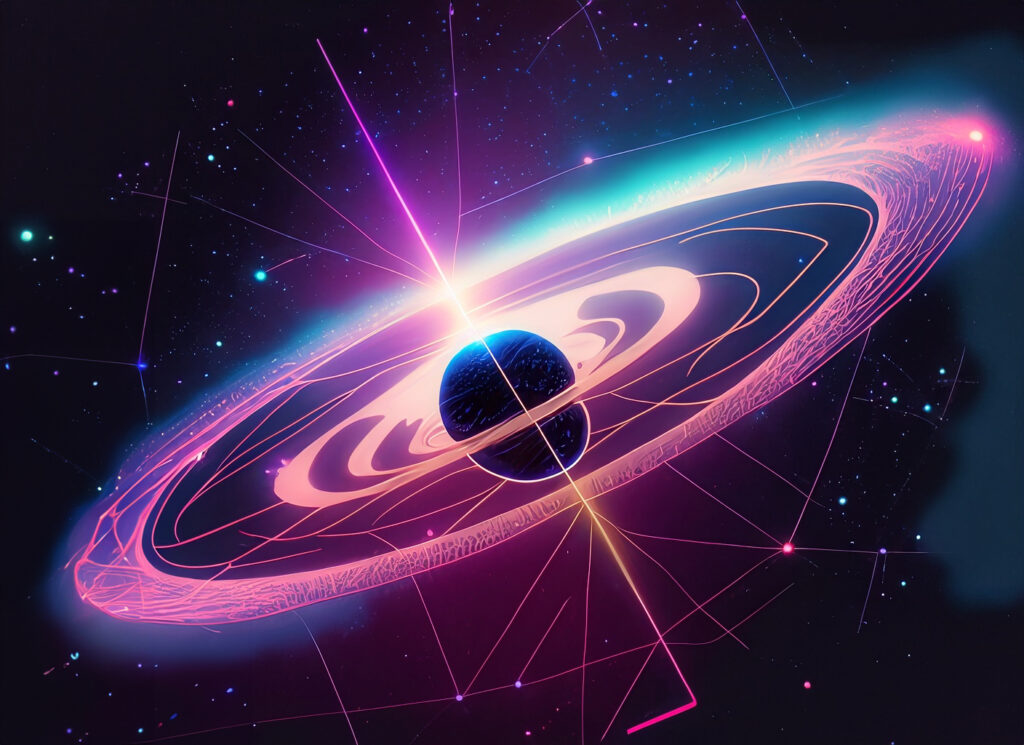Imagine standing on the shore of a cosmic ocean, feeling the gentle ebb and flow of the universe’s rhythm. Today’s announcement of the groundbreaking discovery of low-frequency gravity waves marks a step forward in astrophysics.
Scientists have found compelling evidence of a gravitational wave background, a subtle cosmic symphony that has been playing since dawn.

Earlier this week, we speculated on what today’s announcement might be, and we were close enough. The North American Nanohertz Observatory for Gravitational Waves (NANOGrav), which has been leading a consortium of astronomers in a quest to detect gravitational waves, announced that they’ve found strong evidence of a “gravitational wave background.”
It’s a significant discovery that helps confirm some of the predictions made by Albert Einstein over a century ago in his theory of relativity, and it opens up a whole new way for us to study and understand the universe. These waves, predicted by Einstein’s general theory of relativity, result from the bulk motion of matter, fluctuations during the early universe, and the dynamics of space-time itself.
The method used by NANOGrav involves treating the solar system and a distant pulsar as opposite ends of an imaginary arm in space. The pulsar acts as a reference clock, sending regular signals that an observer on Earth monitors. The effect of a passing gravitational wave would be to perturb the local space-time metric and cause a change in the observed rotational frequency of the pulsar.
In June 2023, NANOGrav published further evidence for a stochastic gravitational wave background using a 15-year data set. This data set, which includes observations from the Green Bank Telescope, Arecibo Observatory, and the Very Large Array, provides a measurement of the Hellings-Downs curve, a unique sign of the gravitational wave origin of the observations.
The implications of this discovery are profound. Gravitational waves have become an increasingly essential part of astrophysics research. They were first indirectly measured by their effect on the orbital period of the famous Hulse-Taylor binary pulsar in the 1970s. Forty years later, the Laser Interferometer Gravitational-Wave Observatory (LIGO) and Virgo collaboration directly detected a gravitational wave signal from the final fraction of a second before two stellar-mass black holes merged.
By detecting a gravitational wave background, we have access to a new observational band. This is akin to hearing the bass notes of the cosmos’ gravitational wave symphony for the first time. The discovery also opens the possibility of exploring ‘beyond the Standard Model’ physics, theoretical models that attempt to unify the Standard Model and general relativity into one grand ‘theory of everything’.
The gravitational wave background’s discovery is a testament to the power of patience and collaboration. It represents a significant leap forward in our understanding of the universe and paves the way for future discoveries. As we explore the cosmic ocean, who knows what other mysteries we will uncover? The symphony of the cosmos continues to play, and we are just beginning to understand its melody.






